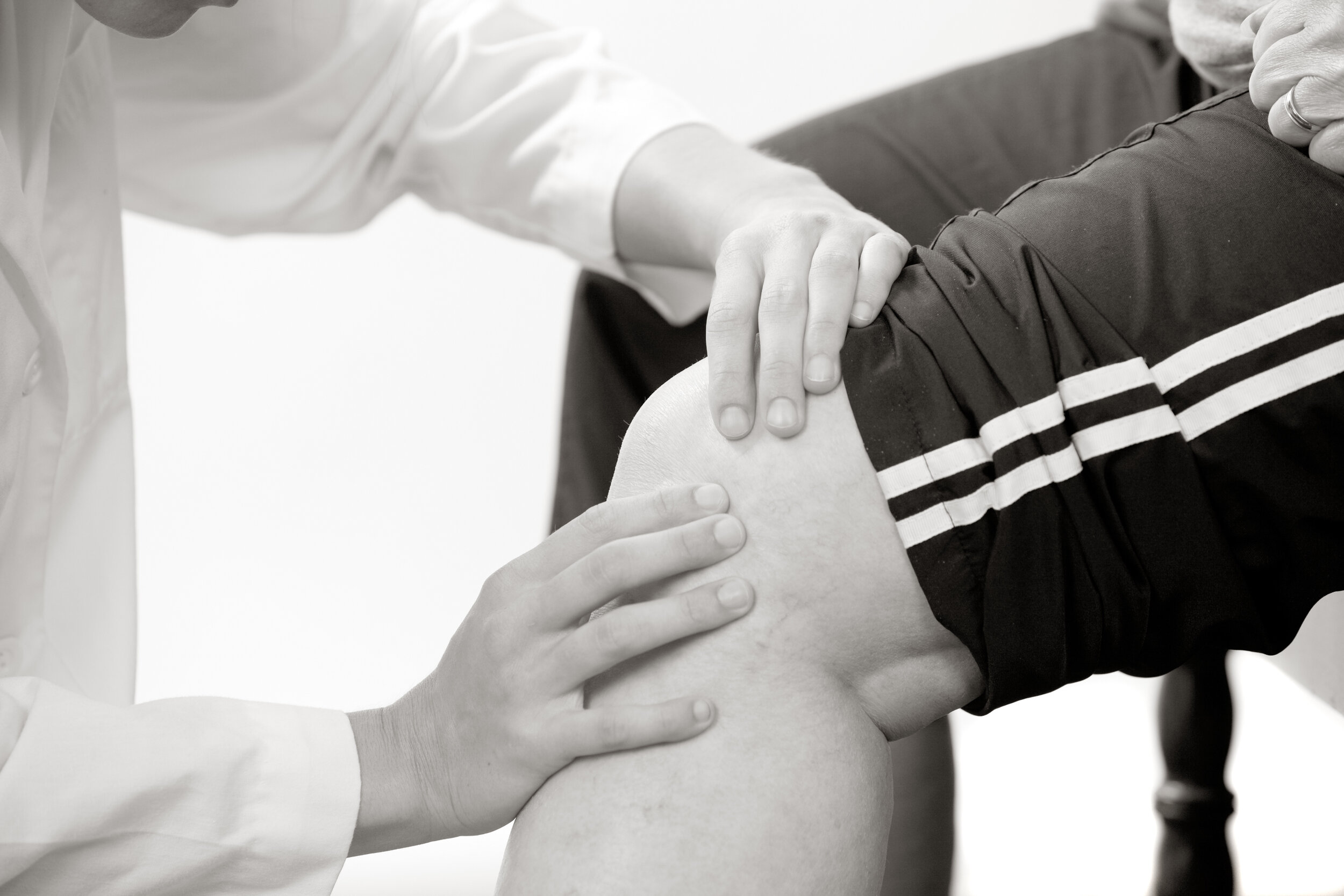Why Does My Knee Keep Giving Out?
When a knee is regularly locking or giving out while doing basic, day-to-day activities, you may be experiencing knee instability. Instability of the knee is not a condition. Instead, it’s a symptom of a larger issue impacting your knee.
Here are a few reasons why your knee may be giving out on you as you move through your daily activities.
Common Reasons for Knee Instability
The most common cause of knee instability is an injury to a ligament. There are several ligaments in the knee that work with the bones and muscles to maintain smooth movement and provide stability to the knee joint. When the knee’s ligaments are sprained, inflamed, or torn, the stability and structure of the knee can be compromised.
Ligament injuries that can cause instability in the knee include:
ACL Tears: The anterior cruciate ligament connects the femur to the tibia. A sudden twisting or cutting motion with the knee can cause the ACL to tear or sprain. This type of injury is common in soccer players, skiers, mountain bikers, football players, and other athletes.
MCL Tears: The medial cruciate ligament connects the femur to the tibia along the inside of the knee. An injury to this ligament can cause the knee to collapse or give inwards. MCL tears are typically the result of a bad landing or hyperextending the knee.
PCL Tears: The posterior cruciate ligament stretches across the back of the knee, preventing the joint from bending too far backward. This ligament is the strongest and most difficult to damage but can be torn as a result of a direct blow to the knee.
Non-ligament causes of knee instability are usually the result of:
Knee Osteoarthritis: This is a type of arthritis that causes the cartilage inside the knee to break down, resulting in pain and instability. Knee osteoarthritis is often seen in patients over the age of 50.
Patellar Instability: The patella is the kneecap. When this is pushed or shifted out of place (usually due to an injury or chronic deformity), the knee can lock and become unstable.
Proper diagnosis of your knee instability is crucial towards creating a recovery plan to address the cause behind the symptom.
How Do You Treat Knee Instability?
In order to design a treatment plan that’s best for your injury and your lifestyle, Dr. Sterett and his team will diagnose your instability through the following:
Physical exams
Medical history
Imaging tests
Depending on the severity of the injury causing your knee instability, treatment can be conservative or surgical.
Nonsurgical treatment options are usually recommended for ligament sprains, partial tears, and MCL tears. These conservative methods include:
RICE (rest, ice, compression, elevation)
Anti-inflammatory medications (such as ibuprofen) to decrease swelling and reduce pain
Bracing and crutches
Physical therapy
More severe injuries, such as a complete ligament tear and damaged knee cartilage from osteoarthritis and patellar injuries, can require surgery to fully heal.
Dr. Sterett will only recommend surgery after all conservative methods have failed or the severity of your injury requires it.
Diagnose Your Knee Weakness With Dr. Sterett’s Team at Vail-Summit Orthopaedics
If you are experiencing knee instability, contact Dr. Sterett at Vail-Summit Orthopaedics today! He and his expert team will diagnose the cause of your instability and recommend a treatment plan that gets you back to doing the activities you love.
Schedule a consultation by calling our offices at (970) 476-7220 or by submitting an appointment request form online. Let’s get your knee stable!



